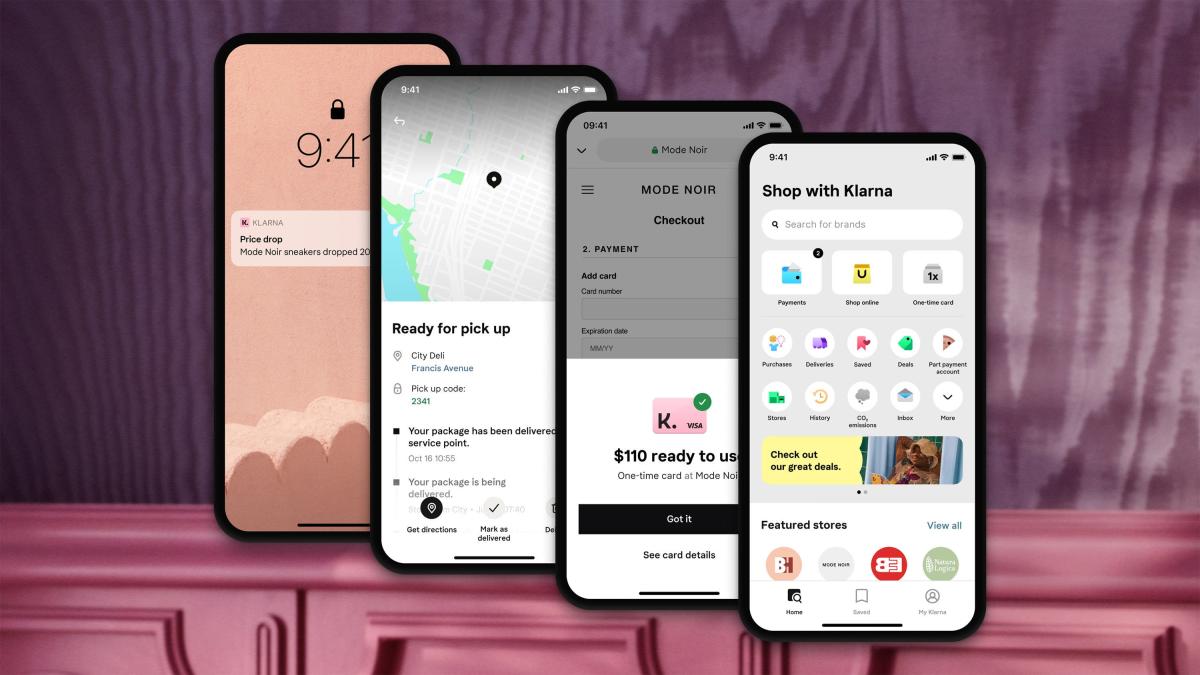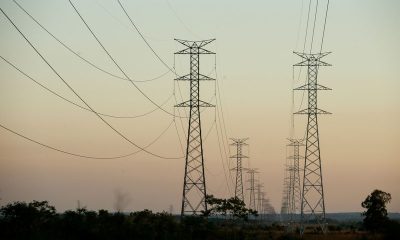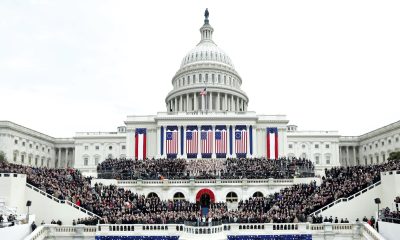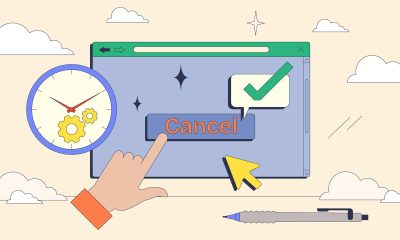Personal Finance
Buy now, play later apps will get heavy use this holiday season. Why it’s worrisome.

Buy now, pay later (BNPL) spending is expected to surge to record levels this holiday season, according to a new forecast. And with so many young “buy now, pay later” shoppers already in debt from the short-term financing tool, what risks does it pose to their budgets in the coming months?
BNPL is expected to generate $17 billion in online holiday spending this year, up $2.5 billion, or nearly 17%, from last year, according to Adobe Analytics’ examination of commerce transactions online. One in five Americans plan to use BNPL to purchase gifts during the holidays, according to Adobe, which surveyed more than 1,000 U.S. consumers. BNPL spending should hit $9.3 billion in November, making it the largest month on record, with Cyber Monday as the largest record day at $782 million.
Even as its popularity soars, there are warning signs it’s financially unhealthy for the many Gen Z and millennials (typically around 40 years and younger) who tend to use the short-term financing, which allows shoppers to buy items and pay for them over time in several equal installments.
“Users could be on the precipice of financial hardship from debt overload,” said Jaime Toplin, a financial services analyst at business intelligence company Morning Consult.
Why is buy now, pay later so popular?
Offered mostly by fintechs, BNPL allows customers to pay back their purchases without interest and with the first payment usually made at checkout. The most common “buy now, pay later” plan is four equal payments, which should allow you to pay off your debt in six weeks.
It’s been a lifeline for some people as student loan repayments return and inflation causes savings to shrink, said Vivek Pandya, lead analyst at Adobe Digital Insights. It’s relatively easy to get approved for “buy now, pay later” and it isn’t reported to credit bureaus.
“One of the major differences between buy now, pay later and a credit card is that a credit card has the potential to leave consumers paying more in interest,” Pandya said.
Is there a downside to buy now, pay later?
“BNPL may attract consumers who already have financial difficulties and are struggling to pay their existing bills and debt payments,” New York Federal Reserve economists said in September. It may also encourage “excessive debt accumulation over time, affecting a consumer’s ability to meet non-BNPL obligations” or users to overextend themselves, they said.
Since “buy now, pay later” isn’t reported to credit bureaus, it’s easy for people to take out loans from different lenders simultaneously or continue to spend and accumulate more debt.
Users should also note that even though interest is not charged on the loan, they’ll be hit with late fees for missed payments, which can add up quickly, warns the Consumer Financial Protection Bureau.
You may also forfeit consumer protections you would normally get if you used a credit card if the product is defective, is a scam, or needs to be returned.
How they stack up: From Klarna to Sezzle: Ranking of apps looks at whether buy now, pay later is a good idea
Who are buy now, pay later users?
BNPL users tend to be young (millennials and Gen Z) and wealthy (in households earning more than $50,000 annually) but also debt laden and hungry for even more credit, according to a Morning Consult poll of 2,223 U.S. adults between Aug. 31 and Sept. 3.
On average, BNPL users’ credit scores were 50 points lower than non-users, Philadelphia Federal Reserve research showed.
However, with millions of Americans feeling pinched ahead of the holidays, a broader swath of people may be considering BNPL.
“This season is all about strategic spending, and shoppers are using BNPL to help them budget,” according to a survey of 1,500 U.S. shoppers and 265 U.S. Square sellers that was conducted by payments firm Square and its buy now, pay later provider Afterpay.
With more than three-quarters of shoppers saying inflation has made it difficult to save, about 21% of consumers said they’d consider using BNPL to stretch their holiday shopping budget, the report said. By age group, millennials (35%) are the most willing, it said.
Medora Lee is a money, markets, and personal finance reporter at USA TODAY. You can reach her at mjlee@usatoday.com and subscribe to our free Daily Money newsletter for personal finance tips and business news every Monday through Friday morning.
This article originally appeared on USA TODAY: Buy now pay later for holiday shopping? Why the surge is concerning.
Read the full article here

-

 Investing7 days ago
Investing7 days agoMoldova breakaway region to face new power cuts on Saturday, officials say By Reuters
-

 Investing7 days ago
Investing7 days agoReebok Co-Founder Backs Syntilay’s New AI, 3D-Printed Shoe
-

 Side Hustles7 days ago
Side Hustles7 days agoHow to Survive High-Demand Seasons Without Losing Customers
-

 Side Hustles5 days ago
Side Hustles5 days ago5 Things That Could Significantly Impact Your Company in 2025
-

 Investing5 days ago
Investing5 days agoNFI Group surge after board reshaped with new appointments, chairperson By Investing.com
-

 Side Hustles6 days ago
Side Hustles6 days agoHow Failing 22 Times Paved the Way to My Success
-

 Side Hustles7 days ago
Side Hustles7 days agoShake It Up — Dunkin’ Debuts Star-Backed Winter Menu
-

 Make Money7 days ago
Make Money7 days ago9 Easy Steps to Begin Your Gold Investment Journey


















